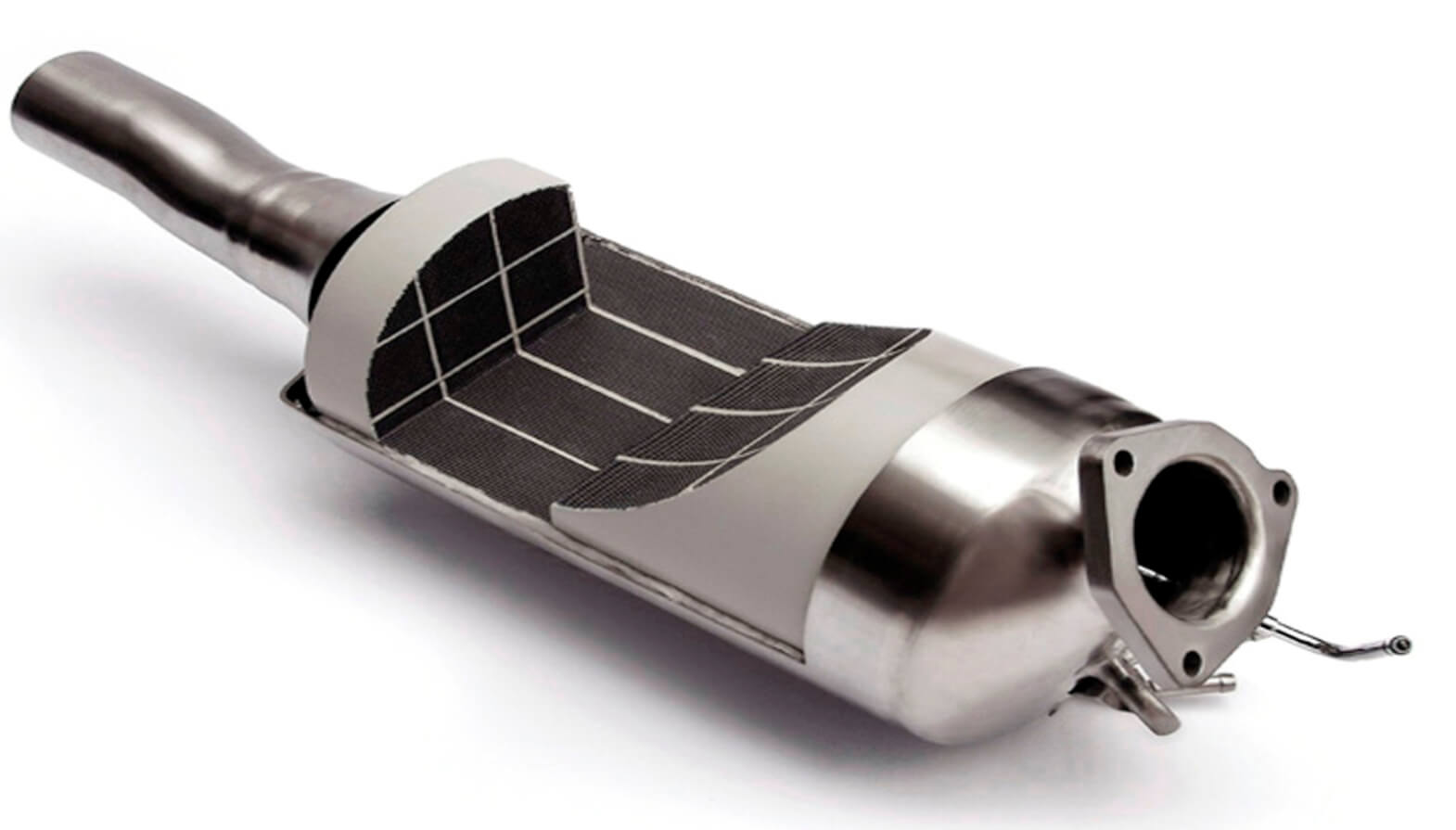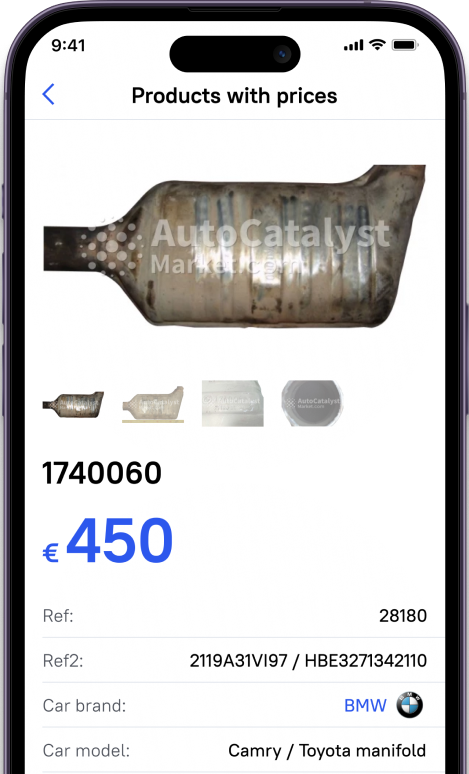- Oil Consumption Risks after Catalyst Removal
- List of models with increased oil consumption after catalytic converter removal:
- Catalyst Removal: What Does It Give?
- Choosing Between Catalyst Removal and Replacement
Nowadays in the vastness of network, you can find many tips where motorists offer their less experienced colleagues to cut off the catalyst on a car. It’s time to figure out why this element of design was so annoying for some drivers, and why in fact it should be left in its place.
The first and most important thing why unfortunate catalyst is so annoying for many motorists is its cost. And everything because the catalyst uses expensive platinum. That is why few people want to spend huge amounts on replacing catalyst.
As a result, many drivers simply decide to remove the part, and install a flame extinguisher on its place in the muffler. On the one hand, this move is cunning and even somewhat reasonable (a slight increase in power). If only because if nothing is done with problematic element immediately, then it will be worse. On the other hand, it’s better not to do this at all.
Firstly, it is necessary to clarify a simple truth that a car without catalyst becomes much “dirtier”. Of course, some kind of ecology doesn’t concern most people. If so, then it is worth considering that without a catalyst the car will start to smell worse.
Secondly, installation of a substitute on lambda sensor violates correction of composition of air-fuel mixture. Incorrect operation of engine leads to increase in fuel consumption, a large amount of soot is formed in combustion chamber. This, in turn, is fraught with numerous negative consequences not only for the unit itself, but also for other nodes.
Thirdly, the removal of catalyst from exhaust system and installation of a substitute on some models lead to increased consumption of engine oil. And this, after all, is an additional expense in the long run. Thus, it is quite obvious that it is better to spend money on a new catalyst once than to deal with numerous problems after a while.
Oil Consumption Risks after Catalyst Removal
One common consequence of catalyst removal is increased oil consumption. This phenomenon does not occur on all engines, but on the web you can find many stories of car owners who faced a similar problem. There are many speculations about reasons. The most realistic is reduction of back pressure in exhaust system. Catalyst creates a back pressure, due to which the oil scraper rings correctly do their job. But without a design on some cars, situation is changing.
List of models with increased oil consumption after catalytic converter removal:
-
Entire line of Gamma engines from Kia / Hyundai. After removing the catalyst, oil consumption on a serviceable engine can reach 1.5 liters per 10,000 km. On the other hand, it is also dangerous to leave the catalyst, because until 2016 there was a problem with its destruction and ceramic dust getting inside the power unit. Someone is at risk, and someone prefers to add oil.
-
Volvo cars with the B6324S engine (3.2 liters). After removal of catalysts, car owners are faced with a consumption of engine oil of 1 liter per 1,000 km. At the same time, the piston group is in a normal state for its mileage.
-
Japanese engine 3MZFE suffers from a similar problem, which can be found on Toyota and Lexus mid-zero years. The consumption of engine oil after removal of catalyst also reaches 1 liter per 1,000 kilometers.
Catalyst removal procedure should be carefully monitored. Existence of dust in an exhaust system before its installation is inadmissible, otherwise solid particles can get into cylinders. It is recommended to install a flame arrester that is suitable for a specific engine. It will create a sufficient level of back pressure, which will ensure minimum consumption of engine oil after removal of the catalyst.
Catalyst Removal: What Does It Give?
If catalyst is defective, then when it is removed, the car engine regains its original, factory parameters, it begins to “breathe” more easily, resulting in reduced fuel consumption and increased power. In cases where the catalyst is removed in order to modernize the exhaust system, this procedure is usually supplemented by installation of a new exhaust pipe type silencer, which creates significantly less obstacles to exhaust gases than the catalyst. In combination with reflashing of a power unit (which is also performed), this leads to an increase in power of a power unit. It should be noted that this method of tuning is often called "amateur", because when tuning the exhaust system performed by professionals (used, for example, to "refine" sports cars), a lot of calculations are made and a large number of parameters are involved. Professional tuning is done only by highly qualified specialists and costs considerable amounts.
The removal of catalyst is most often a necessary measure, but sometimes the catalyst is removed in order to finalize the exhaust system. A faulty catalyst creates a lot of unpleasant problems in the form of errors that light up on a panel, as well as a significant deterioration in dynamic readings of a car. The state of catalyst and correctness of its operation are monitored by the so-called lambda or oxygen sensor. The sensor monitors the consistency of exhaust, if the catalyst is not working, composition of exhaust changes, to which lambda immediately reacts and reports a corresponding error.
Choosing Between Catalyst Removal and Replacement
Repair of catalytic converter is not possible, in case of failure, it is necessary to completely remove defective catalyst, and install a new one in its place. The catalyst is removed for a reason that the cost of a new one is quite high, so most often in the event of a malfunction, a flame arrester is installed in its place.
Removal of catalyst cannot but be invisible; many describe it in different ways. Some say that it felt like there was a trailer or an anchor from which they got rid. Others say that the car had a second wind, but they all have one thing in common : significant improvement in dynamic performance. The removal of catalyst is an extreme measure, which is undesirable if the engine works as it should. In addition, if financial ability allows you to perform a full replacement of catalyst with a new one, then it is better to do just that, in which case you will not have to interfere with exhaust system, as well as brains of your car. It will not require any tricks and other "lotions", which can not be avoided when removing the catalyst.








































